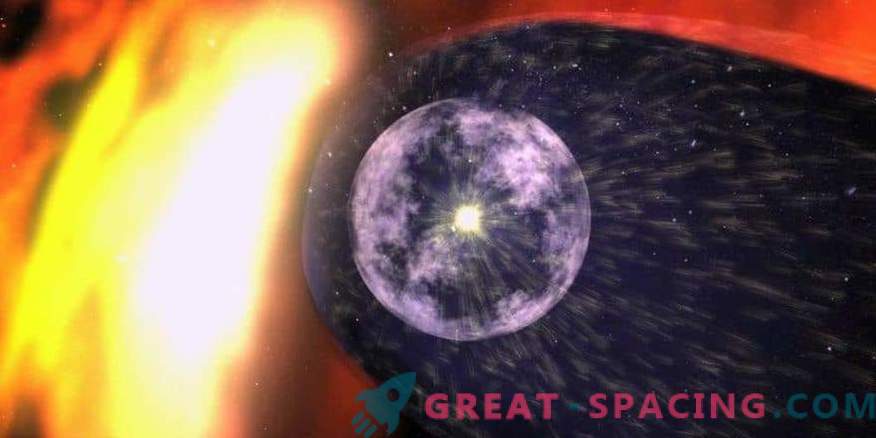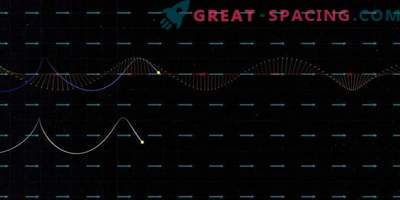
Most of the cosmic era, researchers are studying the near-Earth environment, but there are still unexplored areas. The new analysis combined information from 16 individual NASA spacecraft and the Los Alamos National Laboratory (LANL) to understand how a particle behaves in a magnetic environment around the planet. These events can create lights, disrupt GPS communications, and even damage electrical networks.
To create an overall picture, scientists used information from four separate NASA missions: Magnetospheric Multiscale, Van Allen probes, Geotail, and Temporary history of events and macroscale interactions during the Substorm missions. Also added data from the LANL-GEO device. All information was used to study heliophysics - an analysis of the nature of charged particles and energy in space.
The researchers settled on an event in a quiet period in the near-Earth environment, which could provide a simple situation for modeling. But they faced a different result. Even for a small event, it is difficult to make a model, which means that we do not have a global picture of what happens during small sub-storms. Information for each mission offers only a snapshot of the environment in a particular place and time. This helps to study in detail certain phenomena of cosmic plasma, but it is difficult to understand where the particles came from and where they are going. When you combine all the information there is a chance to create a more complete view of what is happening.
The particles enter the space around the Earth. Different colors are displayed here, as well as a spacecraft observing their signatures
Each unit plays an important role, and with new launches we will receive an ever clearer picture of sub-storms and other important phenomena. Substorms are often regarded as the building blocks of the contact between the solar wind and the magnetosphere, so they are closely watched.
With the help of ground-based magnetometers, we managed to find the signature of the substorm wedge. The analysis shows that the activity around the planet lasts more than an hour, which leads to the formation of a wedge. Now the mission of Magneotspheric Multiscale has entered a new orbit, so that scientists hope to get a glance from the other side on what is happening.











































